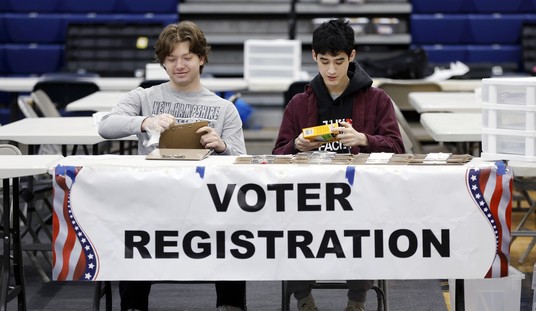Environmentalists and the Obama Administration consider all offshore wells to be equally risky, but it’s important to recognize the relative risk of grossly dissimilar types of wells.
Congress is considering a proposal to remove liability limits for all offshore well operators. That provision would effectively limit offshore operations to those companies big enough to self-insure: BP, Shell, ExxonMobil, Chevron, maybe ConocoPhillips, and the foreign national oil companies. Independents, even the large independents, will be forced out pf domestic waters due to their inability to secure affordable insurance.
The Gulf of Mexico has produced billions of barrels of oil and trillions of cubic feet of natural gas over the last forty years, at what most people would consider an acceptable level of risk. With the exception of Chevron, all the majors have left the shallow waters of the “shelf” for deepwater. Consequently, the effect of unlimited liability will be to kill off the shelf, the safest area to operate.
To assess the relative risk of various types of offshore wells, I’ve developed a simple point system. It’s not guaranteed to be precise, accurate or even complete, but it will help illustrate a point.
- Water Depth: Shallow water – 1 point; Deep water – 100 points
- Location: Far offshore – 1 point; Nearshore – 10 points
- Geologic control: Development – 1 point; Exploratory – 10 points
- Product: Gas – 1 point; Oil – 10 points
- Tree/BOP location: Surface – 1 point; Subsea – 10 points
- Pressure regime: Normal pressure – 1 point; High pressure – 10 points
For a well’s score, just multiply the point values together.
Example #1: BP’s Macondo well was a deepwater, high pressure exploratory oil well, far offshore, with a subsea BOP. Score: 100 x 1 x 10 x 10 x 10 x 10 = 1,000,000 points
Example #2: A shallow water, low pressure gas well, close to shore but in an area where several wells have been drilled before. Score: 1 x 10 x 1 x 1 x 1 x 1 = 10 points
As this illustration shows, the risk of a Macondo-type well– measured by its relative potential of harm to workers or the environment — is several orders of magnitude higher than the garden-variety wells drilled in the shallower waters of the Gulf. (BP’s liability exposure will be another –a nd maybe the most accurate — yardstick.)
It is possible to make rational, informed decisions about offshore energy policy. The Obama Administration seems determined to play to ignorant emotion, exploit the crisis, and permanently cripple the nation’s secure domestic energy supply.
Cross-posted at VladEnBlog.













Join the conversation as a VIP Member